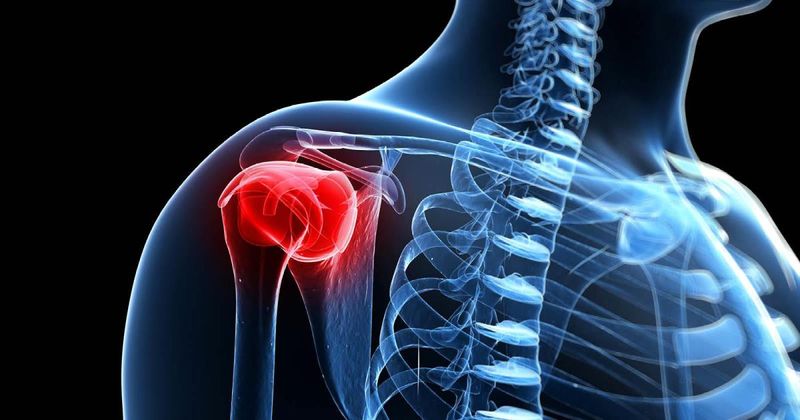Rotator cuff repair with capsular reconstruction may prevent retears in high-risk patients
Key takeaways:
- Rotator cuff repair with superior capsular reconstruction may yield improved function and reduced retear rates.
- The technique may be preferred for patients with poor tissue quality or previous failed surgery.
Published results showed rotator cuff repair with superior capsular reconstruction reinforcement provided positive outcomes at short-term follow-up for patients with massive cuff tears, poor tendon quality and a high risk for retears.
Kenneth Cutbush, MBBS, FRACS, FAOrthA, a private practice shoulder surgeon at St. Andrew’s War Memorial Hospital in Queensland, Australia, and colleagues performed a prospective study of 50 consecutive patients (mean age, 58 years) who underwent surgery for a full-thickness rotator cuff tear between December 2017 and July 2019 with minimum 2-year follow-up.

All patients underwent rotator cuff repair (RCR) with a superior capsular reconstruction reinforcement technique using acellular dermal allografts. Cutbush and colleagues noted 28% of patients (n = 14) had previous failed rotator cuff repair. Among 36 primary repairs, they found 28 patients (77.8%) had a massive tear, while one patient (2.8%) had a perioperative irreparable tear.
According to the study, outcome measures were assessed at 3 months, 6 months, 1 year and 2 years. Patient-reported outcomes (PROs) included American Shoulder and Elbow Surgeons score, Constant-Murley score, Oxford Shoulder Score (OSS), QuickDASH score and VAS pain score. Cutbush and colleagues also assessed repair integrity on postoperative radiographs.
At 2 years, Cutbush and colleagues found all PROs improved from preoperatively to postoperatively. Mean ASES score improved from 34 to 79, mean Constant-Murley score improved from 30.9 to 68, mean OSS improved from 23.3 to 40.1, mean QuickDASH score improved from 56.2 to 20.3 and mean VAS pain score improved from 6.3 to 1.5.
Postoperative MRIs revealed six (12%) isolated superior capsular reconstruction failures and five (10%) isolated cuff retears at a mean 14.4 months postoperatively. Cutbush and colleagues noted no patient had a combined RCR and superior capsular reconstruction failure.
Cutbush and colleagues concluded reinforcing RCR with superior capsular reconstruction is a viable option to improve PROs and reduce retear rates in patients who have failed previous surgery and have poor tissue quality, advanced levels of cuff arthropathy and limited joint preservation options.
“Longer-term follow-up is ongoing to establish the efficacy of this procedure,” Cutbush and colleagues wrote in the study.


